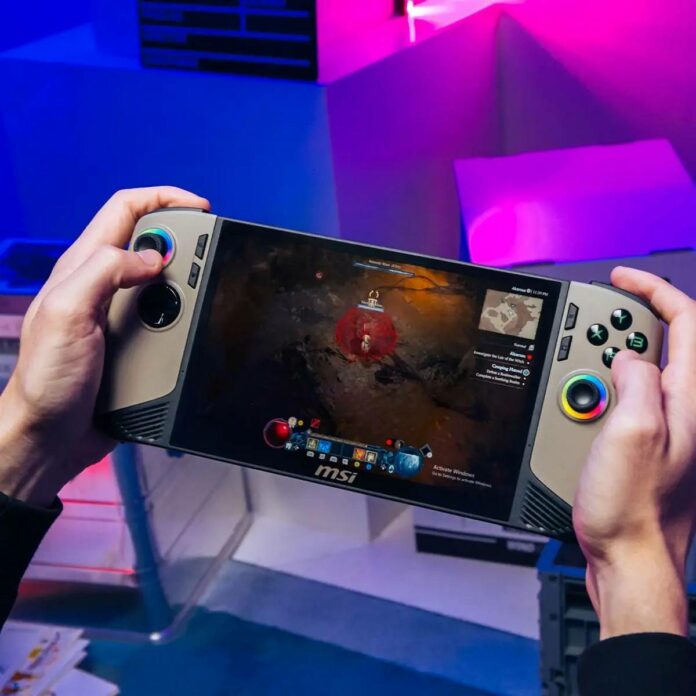Intel wants to continue its handheld adventures with next-gen designs, offering its partners enticing alternatives to AMD’s chips. The brand plans to attract new clients through advanced assistance in product development and optimisation.
Talking to Laptop Mag, Intel’s VP and General Manager Robert Hallock said that the company has big plans to expand its presence in the handheld gaming PC market. The brand is allocating handheld specialists on staff as support for engineers and software developers to help create products that fill the needs of this segment without going overboard.
“We would love to work with you and help you optimise your software for handheld devices. We have that staff. We have performance profiling tools. We have game developers on staff who are very familiar with optimising graphics presets for devices of this performance profile or this form factor, and we would love to step in and give you a hand.” said Hallock. “It’s a big goal for some of the groups inside Intel to work on this, to make it their number one priority in ’24 and ’25.”
This is understandable since many brands have already put their toes in the handheld market and seem to like it. Aside from Valve’s Steam Deck which plays in its own league, we have machines such as the Lenovo Legion Go, Asus ROG Ally, and MSI Claw, not forgetting OneXPlayer and Ayaneo who seemingly have an endless amount of devices.
Grabbing just a few of these manufacturers could help Intel show its strengths. The brand’s Lunar Lake chips, currently powering the MSI Claw 8 AI+, are good examples of what it can achieve. Though still requiring some special optimisation on the GPU side, they are seemingly competitive with some AMD offerings.
Additionally, Intel wants to encourage developers to adopt and optimise games for its chips by sending devices and prototype dev kits. “A lot of game devs tend to just target what they have on their desks or in their QA labs,” said Hallock, “and so [we’re] arming them with more handhelds as prototype devices. Getting them dev kits leading into Panther Lake.”
Speaking of which, Hallock indicates that Intel is already preparing to work with its partners to get Panther Lake handhelds on the market without delay. According to Hallock, Panther Lake is a direct successor to what Lunar Lake is doing. However, it won’t come with on-package memory. On the bright side, this allows partners to select the amount of RAM they see as adequate for their product but it removes the ability to better balance higher speeds and power efficiency. Thankfully, Hallock said that new technologies could compensate for that.
Lastly, Hallock has also confirmed that more Intel-powered machines based on the Arrow Lake H architecture – which provides a similar GPU performance to Lunar Lake – are coming before the release of Panther Lake. While a welcome stopgap, I and much of the market are hungrier for faster graphics.

